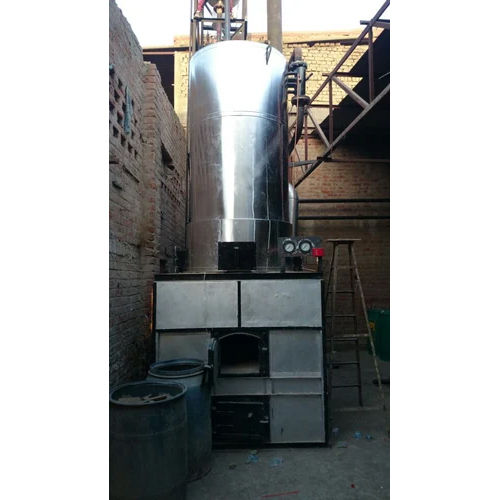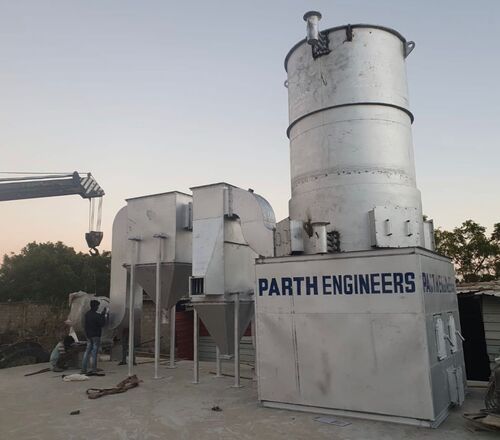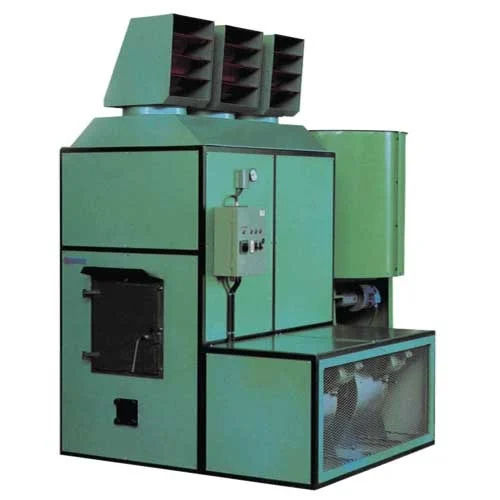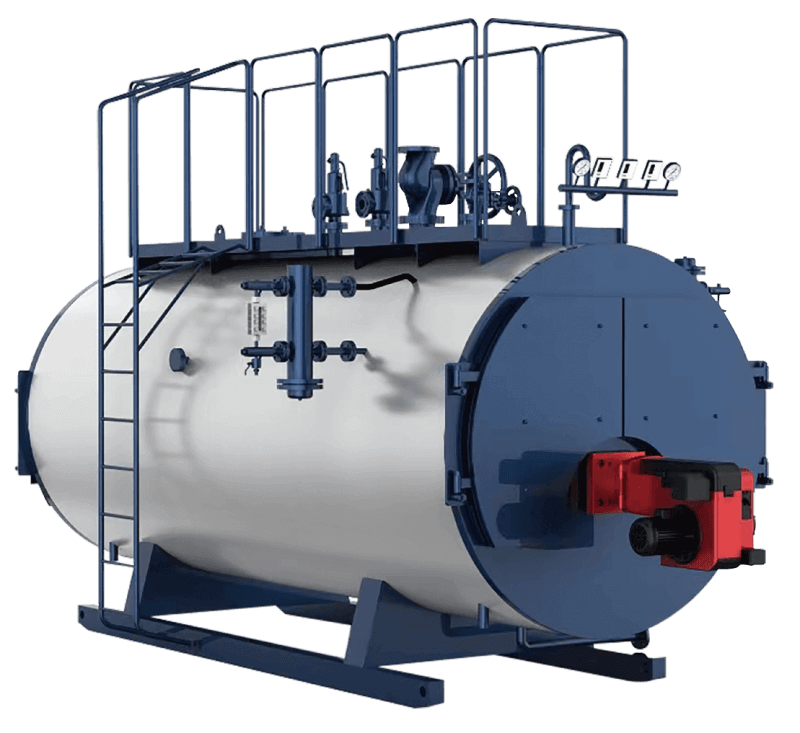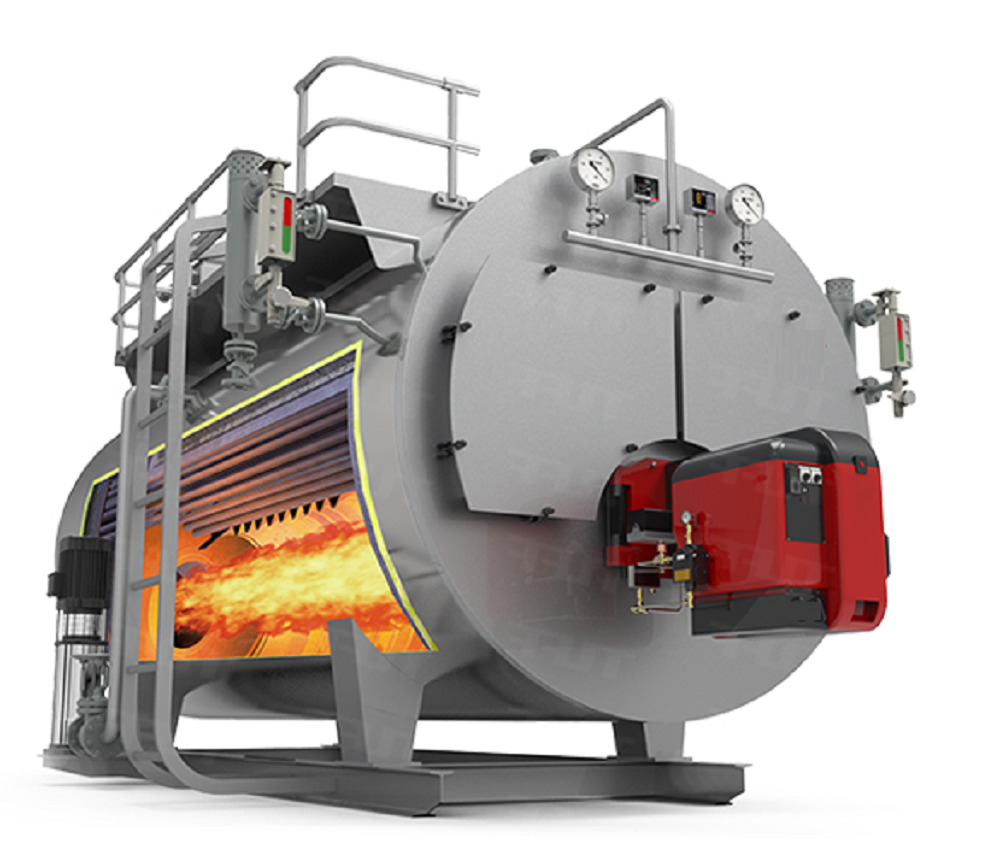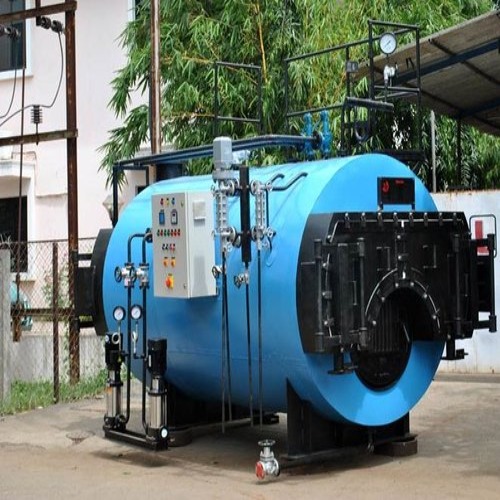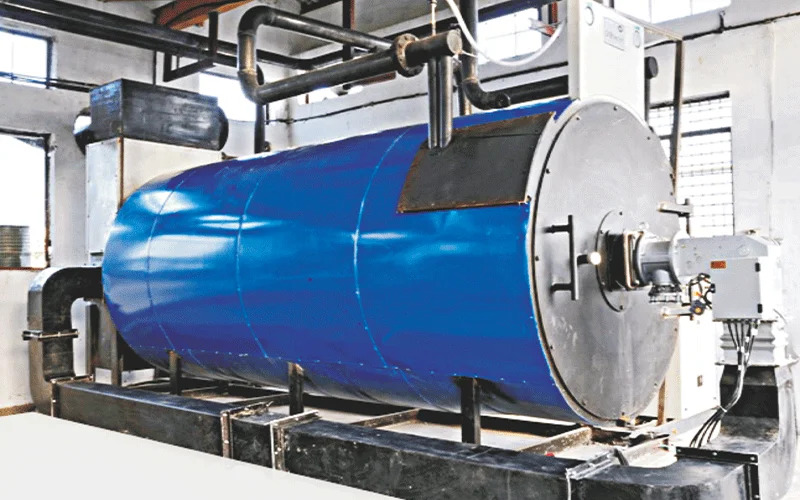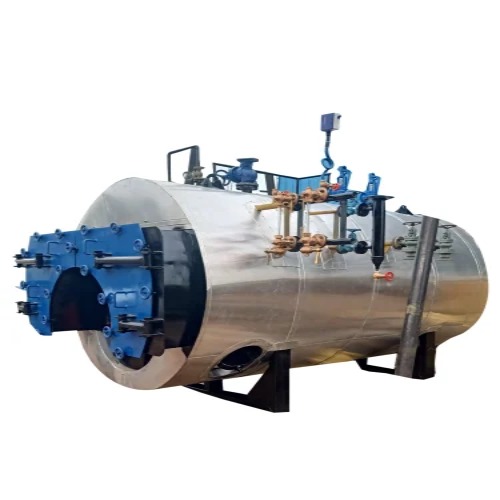|
Oil Fired Steam Boiler
Product Details:
Oil Fired Steam Boiler Price And Quantity
- 400000.00 - 4000000.00 INR/Piece
- 1000000 INR/Piece
- 1 Piece
Product Description
An Oil Fired Steam Boiler is a type of boiler that uses oil as a fuel source to generate steam. These boilers are widely used in various industries, including manufacturing, food processing, chemical, and textile industries, where steam is needed for heating, power generation, and various process applications. The oil-fired boiler burns oil (such as diesel, heavy fuel oil, or other forms of petroleum) to produce heat, which is then used to generate steam.
Key Features of an Oil Fired Steam Boiler:
-
Oil as Fuel: The primary fuel used in this type of boiler is oil, typically either light diesel oil (LDO) or heavy fuel oil (HFO). The choice of oil depends on the specific requirements of the industry, including cost, availability, and energy needs.
-
Steam Generation: The boiler uses the heat produced by burning oil in a combustion chamber to convert water into steam. This steam is then used for heating or powering various equipment or industrial processes.
-
Burner System: The burner is an essential component of the oil-fired steam boiler, responsible for injecting oil into the combustion chamber. The burner controls the oil flow and combustion rate to ensure efficient steam production. Modern burners come with automatic controls to optimize fuel consumption and combustion efficiency.
-
Heat Exchanger: The heat produced in the combustion chamber is transferred to water through heat exchanger tubes, converting the water into steam. The efficiency of the heat exchanger directly affects the performance and energy consumption of the boiler.
-
Pressure and Temperature Control: The steam boiler is designed to operate at various pressure levels depending on the requirements of the industrial process. Pressure and temperature gauges, along with safety valves, help monitor and maintain safe and effective operation.
-
Safety Features: Oil-fired steam boilers are equipped with multiple safety features to ensure they operate safely. These include:
-
Pressure relief valves to prevent overpressure.
-
Low water cutoffs to shut down the boiler if the water level drops too low.
-
Flame detectors to ensure proper combustion.
-
High-temperature alarms to alert operators to dangerous conditions.
-
Working Principle:
-
Fuel Combustion: The oil is burned in the combustion chamber of the boiler, where it is mixed with air and ignited by a burner. The combustion process generates heat.
-
Heat Transfer: The generated heat is transferred to the water circulating through the boilers heat exchanger. The heat from the combustion gases is absorbed by the water, which increases in temperature and eventually turns into steam.
-
Steam Generation: The heat causes the water to boil, and steam is produced. The steam is then collected in a steam drum or chamber.
-
Steam Distribution: The steam is delivered to the intended process or equipment through pipes. Depending on the application, the steam can be used for heating, powering turbines, or as a raw material in industrial processes.
-
Exhaust Gases: The combustion gases that are produced in the boiler are typically expelled through a chimney or stack. Some systems use economizers or air preheaters to recover heat from these gases and improve the overall efficiency of the boiler.
Applications of Oil Fired Steam Boilers:
-
Chemical Processing: Used for heating reactors, distillation columns, and other chemical processes.
-
Textile Industry: Provides steam for dyeing, finishing, and other textile treatments.
-
Food and Beverage: Used in cooking, sterilizing, and drying processes.
-
Pharmaceuticals: Steam is required for sterilization and heating in pharmaceutical production.
-
Power Generation: Oil-fired steam boilers are sometimes used in power plants to generate electricity, especially in areas where oil is a primary energy source.
-
Heating: Oil-fired boilers can also be used for space heating and hot water production in industrial plants or larger buildings.
Advantages of an Oil Fired Steam Boiler:
-
High Efficiency: Oil-fired boilers are designed to maximize the energy efficiency of fuel combustion. With modern burners and efficient heat exchangers, these boilers can achieve high thermal efficiency, reducing fuel consumption.
-
Quick Response: Oil-fired boilers can heat water quickly and generate steam on demand. This makes them suitable for applications that require rapid steam production.
-
Compact Design: These boilers are available in compact designs, making them suitable for installations where space is limited.
-
Reliability: Oil-fired boilers are reliable and can operate continuously for long periods with minimal downtime. Regular maintenance can further increase their reliability.
-
Fuel Availability: Oil is widely available in many regions, making oil-fired steam boilers a good choice for areas where other fuels (like natural gas or coal) may not be readily accessible.
-
Flexibility: Oil-fired boilers can be designed to handle a wide range of oil types, including both light and heavy oils, providing flexibility for various industrial applications.
Maintenance Considerations:
-
Burner Maintenance: Regular maintenance of the burner is critical for efficient combustion and optimal performance. This includes cleaning and inspecting the burner nozzle and flame detector.
-
Oil Quality: The quality of the oil is crucial for efficient combustion and to avoid buildup of contaminants in the system.
-
Cleaning: Regular cleaning of the heat exchanger, combustion chamber, and flue gas stack is necessary to maintain efficiency and prevent the buildup of soot and ash.
-
Water Treatment: The water used in the boiler should be treated to prevent scale formation and corrosion, which can reduce boiler life and efficiency.

Price:
- 50
- 100
- 200
- 250
- 500
- 1000+
Other Products in 'Steam Boiler' category
 |
Parth Engineers
All Rights Reserved.(Terms of Use) Developed and Managed by Infocom Network Private Limited. |
 English
English Spanish
Spanish French
French German
German Italian
Italian Chinese (Simplified)
Chinese (Simplified) Japanese
Japanese Korean
Korean Arabic
Arabic Portuguese
Portuguese

